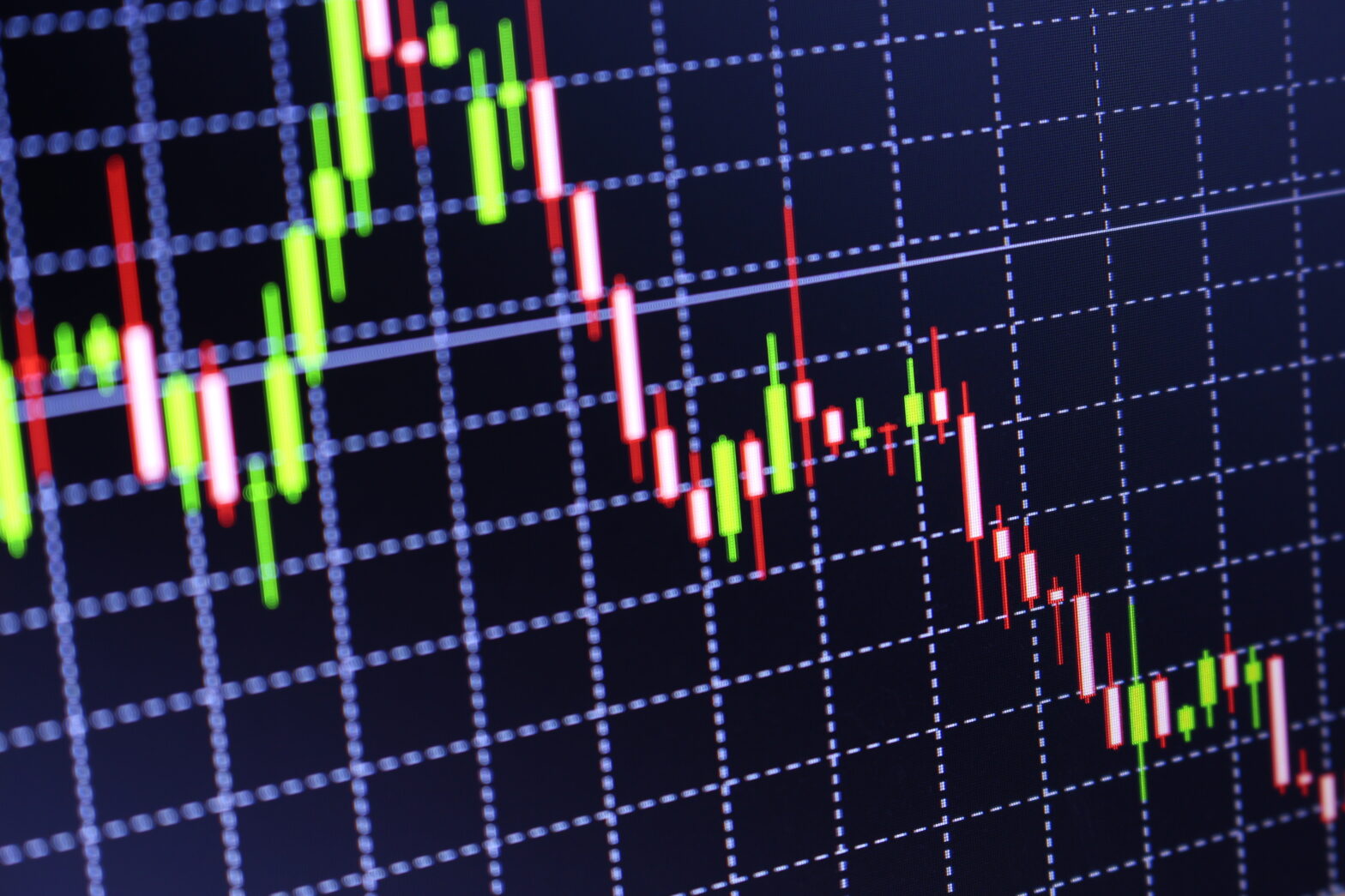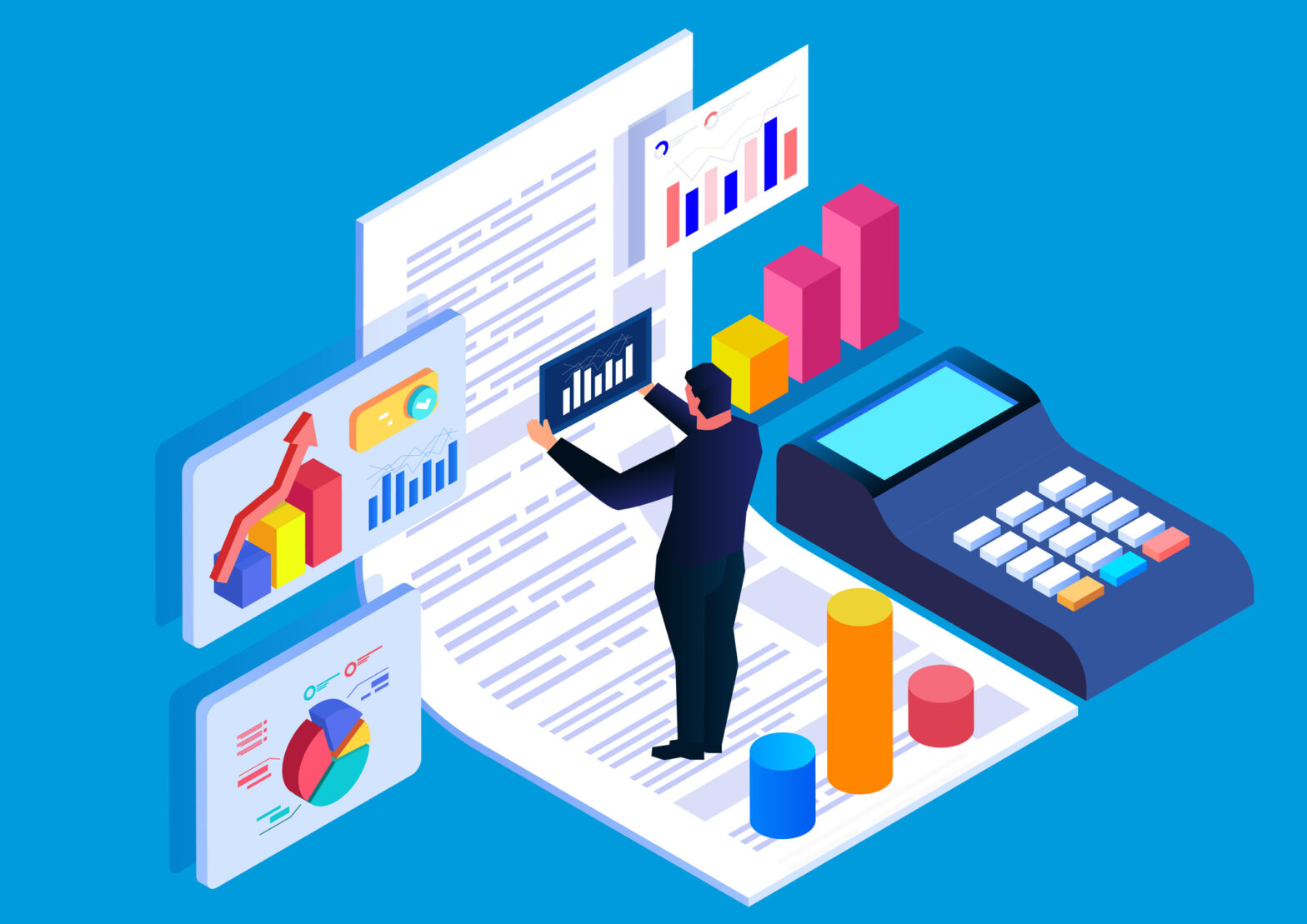The foreign exchange market is particularly difficult to predict; many economists try to predict where they believe an economy and its native currency may end up, but it’s not an exact science.
Domestic and foreign data can be extremely helpful in determining a currency, or currency pair’s, possible movement. There are several key pieces economists use to help forecast market movement that cover areas of the economy such as inflation, economic growth and specific sector productivity.
Having an awareness of such releases and the impact they might have can help you judge the best time to move your money abroad. Let’s have a look at some of the fundamental analysis gauges economists use to forecast market movement.
Consumer Price Index (CPI) – Consumer price growth is basically the measure of a nation’s inflation. The rate at which consumer goods increase in price is monitored carefully and most major economies publish a monthly report highlighting any changes.
Gross Domestic Product (GDP) – This piece of economic data records the value of goods and services within a nation and can therefore highlight the strength or weakness of a country. As you can imagine, a positive GDP reading and solid economic strength will usually give the country’s native currency some buoyancy.
Purchasing matters
Purchasing Managers Indexes (PMIs) – PMIs come in several forms and measure various aspects of an economy’s activity such as manufacturing, services and construction. The key thing to note when looking at a PMI is whether the economy has registered a score over 50.0.
Above the 50.0 benchmark denotes growth and expansion, while any number below indicates contraction. As with the GDP, a favourable increase in PMIs can help to bolster a currency.
>Related: How will your business respond to changes in foreign exchange rates?
However, while these gauges are highly important, they can’t factor in events that can create a global shock, which is where technical analysis comes in. Technical analysis takes into account events such as war and political uncertainty in its assessment of a currency’s potential movement.
As an example of the impact an unforeseen development can have, let’s look at the global financial crisis (GFC). In 2008, the Lehman Brothers bank collapsed and the repercussions of this event rippled through the market the world over. Currencies crashed and economies fell into recession.
The GFC was something that very few economists, if any, could actually predict and that’s what makes the currency market such a volatile platform.
Small shocks with profound effects
Additionally, there are smaller shocks that can occur but can also have a profound impact on an exchange rate. At the start of 2015, the Swiss National Bank (SNB) removed the cap in place between the Euro and the Swiss Franc (EUR/CHF). The peg between the two currencies had been implemented to control the Franc exchange rate and stave off deflation in Switzerland.
When the SNB removed the tie, the Swiss Franc exchange rate soared, with the currency rising by as much as 40.0% against peers like the Euro and US Dollar. The market movement was profound, extreme and completely unpredictable.
With such major developments causing turbulent foreign exchange rate movements, it’s easy to understand why forecasting future currency fluctuation is such a difficult job. Therefore, before trading it can be a good idea to seek expert guidance from someone who focuses on the market, such as a reputable currency broker.
If you’ve got a large trade coming up you may also want to consider setting up a forward contract with a broker, which allows you to fix a favourable exchange rate up to two years ahead of actually making the trade and can help to safeguard your money against global shocks.






